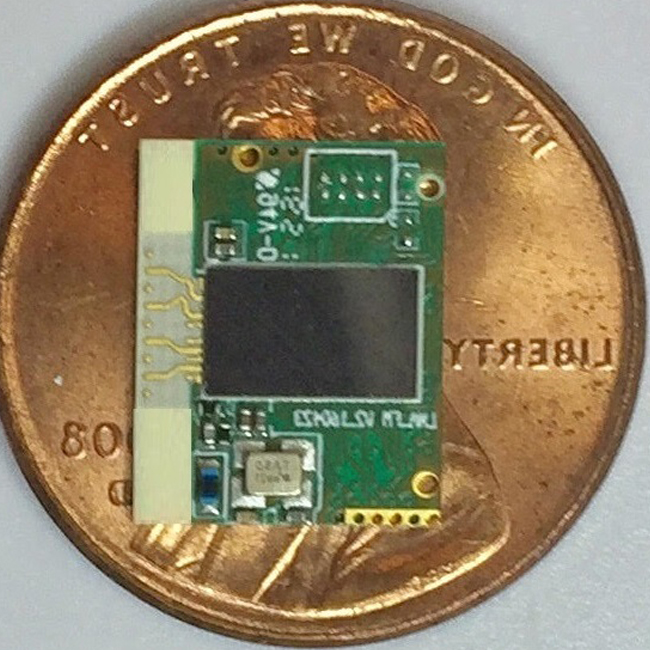TABLE 1: SC_PHY Modulation and Coding Schemes
| MCS Index | Modulation | Code Rate | PHY Rate (Mbps) |
| 1 | pi/2-BPSK | 1/2 | 385 |
| 2 | pi/2-BPSK | 1/2 | 770 |
| 3 | pi/2-BPSK | 5/8 | 962.5 |
| 4 | pi/2-BPSK | 3/4 | 1,155 |
| 5 | pi/2-BPSK | 13/16 | 1,251.2 |
| 6 | pi/2-QPSK | 1/2 | 1,540 |
| 7 | pi/2-QPSK | 5/8 | 1,925 |
| 8 | pi/2-QPSK | 3/4 | 2,310 |
| 9 | pi/2-QPSK | 13/16 | 2,502.5 |
| 10 | pi/2-16-QAM | 1/2 | 3,080 |
| 11 | pi/2-16-QAM | 5/8 | 3,850 |
| 12 | pi/2-16-QAM | 3/4 | 4,620 |
One of the assumptions that engineers and consumers tend to make when reading TABLE 1 is to assume the PHY Rate is the actual transfer rate at which data frames will be delivered wirelessly between two or more 802.11ad compliant devices. There are a number of factors that effect the “effective throughput rate” (ETR) for each MCS_index. For instance factors such as: the number of bits that are used to define the various fields of the PHY and MAC headers of each data frame, the length of each MAC-service-data-unit (MSDU), the time it takes for a receiving device to switch between the reception of a data packet and the transmission of an ACK packet acknowledging the successful receipt of a data packet, the number of transmissions allowed per Transmit Opportunity (TxOP) and the Packet Error Rate (PER) caused by extraneous factors such as other SC_PHY devices, multipath, and the distance between transceivers.
Equation 1 provides an example calculation for the Effective Throughput Rate as a function of Protocol Durations per TxOP, MSDU length and various protocol timings such as SIFS, AIFS, Average Backoff and TxOP Duration.
Equation 1:
ETR for MCS_1 = (NbrProtocolDursPerTxOP*MSDU_Octets*NbrOfBitsPerOctet)/(SIFS+AIFS[3]*aSlotTime)+AvgBkOff+TxOP_Dur)
= ( 7 * 7920 octets * 8bits/octet)/(3usec+(3*5)usec+37usec+1280usec)
= 332.2 Mbps
Table 2 captures the results of multiple such calculations to summarize the relationship between the PHY rate and Effective-Throughput-Rate (ETR) for best case(i.e. PER=0%) over-the-air data transfers using MAC-service-data-units(MSDU)s with a fixed length of 7920 octets, which is the maximum allowed MSDU length specified by the IEEE 802.11ad-2012 Standard.
TABLE 2: SC_PHY rates and their corresponding MSDU Effective-Throughput-Rates(ETR)
| MCS Index | PHY Rate (Mbps) | MSDU ETR (Mbps) | Protocol OvrHd |
| 1 | 385 | 332.2 | 13.7% |
| 2 | 770 | 617 | 19.9% |
| 3 | 962.5 | 759.4 | 21.1% |
| 4 | 1,155 | 901.8 | 21.9% |
| 5 | 1,251.2 | 949.2 | 24.1% |
| 6 | 1,540 | 1,091.6 | 29.1% |
| 7 | 1,925 | 1,281.4 | 33.4% |
| 8 | 2,310 | 1,518.7 | 34.3% |
| 9 | 2,502.5 | 1,613.7 | 35.5% |
| 10 | 3,080 | 1,851 | 39.9% |
| 11 | 3,850 | 2,135.7 | 44.5% |
| 12 | 4,620 | 2,373.0 | 48.6% |
As you can see from perusing Table 2, the maximum allowed MSDU length of 7920 octets in conjunction with the MAC Protocol Overhead has a significant negative impact upon the MSDU ETR as the SC_PHY rate is increased from 385 Mbps to 4,620 Mbps (i.e. almost half the MCS_12 PHY_Rate is lost due to Protocol Overhead). A clever solution to this problem, which is defined in the IEEE 802.11ad-2012 Standard, is to transmit Aggregated MPDUs (A-MPDU)s instead of MPDUs over the air. I will provide, in another BlogPosting, more details regarding how the transmission of A-MPDUs between two WiGig devices has a significant positive effect upon the MSDU ETR as the PHY rate is increased to 4,620Mbps.

